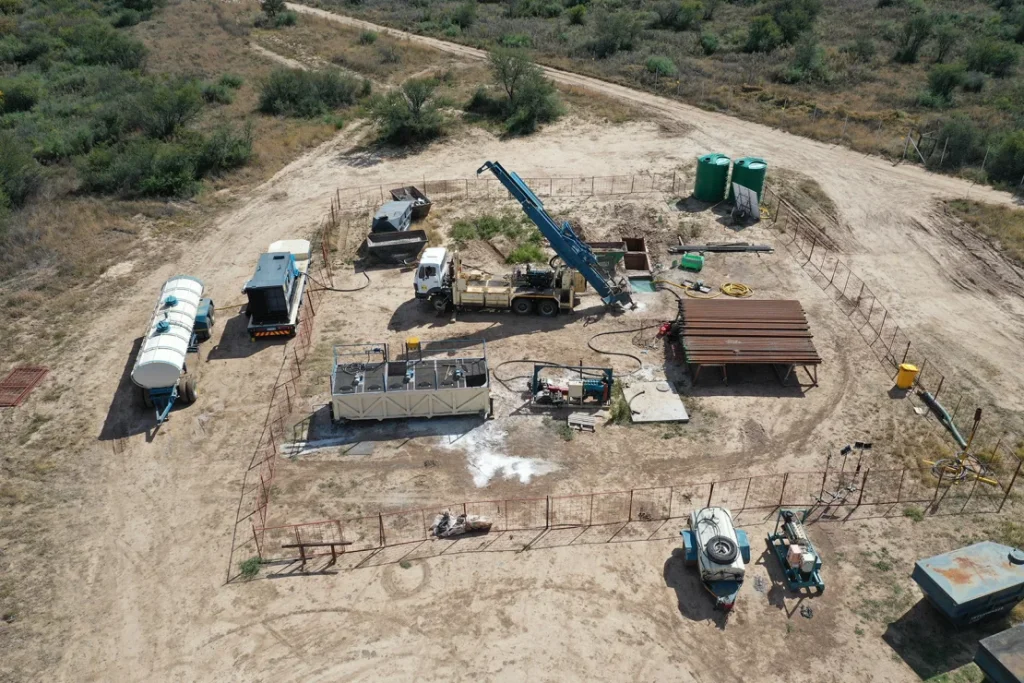When South African startup Renergen bought the production and exploration rights for some grassy fields near Virginia, a town in the country’s Free State province, the founders were expecting to find small natural gas reserves that could power nearby mining opportunities.
They paid $1 for the rights in 2013, according to CEO Stefano Marani, and started to test the composition of the gas flowing from two rusted drill pipes that had been installed years before for mineral exploration. What they found was abnormally high concentrations of helium.
Beyond inflating party balloons, helium has a number of commercial applications. When condensed into a liquid form, it’s an essential cooling component used in the manufacture of microchips and in the operation of life-saving MRI scanning technology. Yet global helium prices are volatile and supplies erratic, with the gas produced in fewer than 10 countries in the world.
Renergen had unwittingly struck gold. Today, the company says it has proven helium reserves of more than 7 billion cubic feet at the Virginia Gas Project that could be worth more than $4 billion, and potentially up to $12 billion when including further possible reserves.
“We had humble, modest aspirations of setting up a small scale [gas] power station that could deliver a couple of megawatts to some nearby mining opportunities,” recalls Nick Mitchell, Renergen’s chief operating officer. “We had no idea of the extent and scale and the sheer world-class nature of this helium deposit.”
The company successfully produced liquid helium from the plant for the first time in January 2023. After delays throughout the year due to a leak in the vacuum seal of the helium cold box, it hopes to begin commercial operations within the next month, extracting helium alongside natural gas, then processing and distributing it to customers, such as Linde, a global engineering firm.








